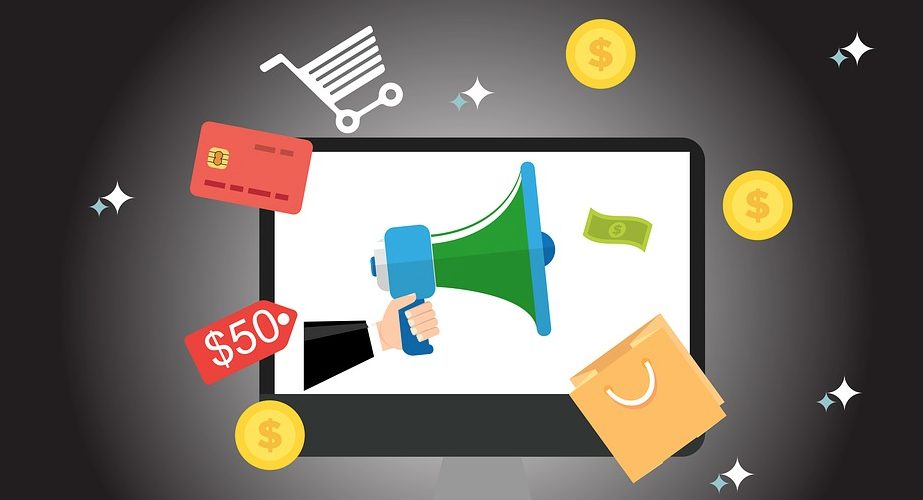By Gabriel de Montessus, SVP, Global Online (Retail Business Unit) of Ingenico Group
In recent years, new technology has shaped the way consumers want to pay for goods. With more choice than ever before when it comes to payment methods, businesses must recognise that they need to provide the options that customers expect to see. Bearing this in mind, let’s look at how consumer demand is changing and how businesses can take advantage of this.
The payment experience must be smooth

Creating a seamless payment experience for customers is integral to increasing conversions, reducing cart abandonment and maintaining a loyal customer base. To do so, online businesses should ensure that the checkout process is frictionless and easy to use.
New technology is helping businesses to achieve this. Take chatbots, for example – customers can now easily make a purchase with a simple conversation. Or, there is the Amazon Go Store, where payments are invisible. Customers simply pick up the item they want and walk out of the shop, while the transaction – along with authentication – takes place behind the scenes.
Online businesses should understand that it is this type of frictionless experience that customers want, regardless of where, or on what device, the payment is being made.
People are interacting differently with technology
Customers are choosing to interact differently with technology to achieve a frictionless and easy-to-use payment experience. You need look no further than Amazon’s Alexa to see this, where customers can make a purchase using just their voice. What’s more, the popularity of these alternative methods of interaction is continuing to grow, so we are likely to see even more tech that enables it over the coming years.
Creating a seamless payment experience for customers is integral to increasing conversions, reducing cart abandonment and maintaining a loyal customer base.
This can also be seen in the way consumers are choosing to authenticate themselves during transactions. Biometric authentication has allowed this process to become frictionless and simple. There is a move towards biometric data collection becoming passive rather than active for the consumer (i.e. iris, gait, voice). This means we could enter a world of continuous authentication, in which the end user can make a purchase with no friction.
For this reason, online businesses should look for new ways for customers to pay using alternative interactions.
Everything’s instant
In the digital age, everything is available instantly and this is no different for retail. We now have one-click payments and next day delivery, and consumers expect everything to happen quickly as a result. This should carry over into the checkout experience, where reduced friction is key.
This can be achieved in a number of ways, such as optimising the user experience (UX) across different platforms, or utilising tokenization so customers don’t have to keep entering their payment details every time they make a purchase.
online businesses must ensure that the payment experience is uniform and seamless across different devices.
Keeping consistency across platforms
Today, customers use an abundance of devices to make payments, including mobile phones, tablets and even wearable tech such as smart watches. For this reason, online businesses must ensure that the payment experience is uniform and seamless across different devices.
What’s more, businesses should anticipate the growth of the Internet of Things (IoT). As new technology comes into fruition, they will have to ensure that the payment experience is consistently frictionless across new gadgets, such as smart fridges.
Overcoming hurdles
The journey isn’t going to be easy for many retailers. Meeting consumer demand comes with an array of technical challenges, such as meeting regulatory standards, maintaining consistency across platforms and designing a frictionless payment experience. All of this must happen while keeping up to date with the latest developments in the payment industry.
However, the first simple step that businesses can do to ensure they overcome these hurdles is to understand consumer demand. Once a business knows what payment methods its customers prefer, it can then begin to cater the payment experience to those needs.



